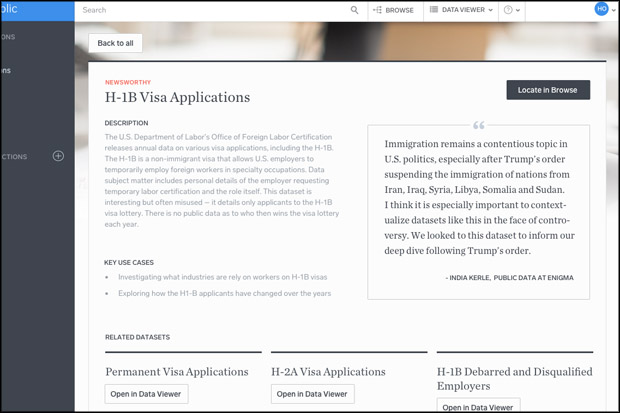
Despite widespread fears that social media and other forms of algorithmically-filtered services (like search) lead to filter bubbles, we know surprisingly little about what effect social media have on people’s news diets.
Data from the 2017 Reuters Institute Digital News Report can help address this. Contrary to conventional wisdom, our analysis shows that social media use is clearly associated with incidental exposure to additional sources of news that people otherwise wouldn’t use — and with more politically diverse news diets.
This matters because distributed discovery — where people find and access news via third parties, like social media, search engines, and increasingly messaging apps — is becoming a more and more important part of how people use media.
The United States recently elected an unusual president. And to go with the times, Americans are exhibiting some behaviors in media consumption that are, if not unusual, then at least different from those of people in other countries.
That’s one of the recurring findings in a report out Thursday from Oxford’s Reuters Institute for the Study of Journalism. The Reuters Institute’s Digital News Report 2017 surveyed more than 70,000 people in 36 countries about their digital news consumption. (Countries included in the report for the first time this year: Slovakia, Croatia, Romania, Taiwan, Hong King, Malaysia, Singapore, Argentina, Chile, and Mexico.)
Bloomberg Businessweek gets a two-tiered paywall, a substantial price increase, and a new look
Bloomberg Businessweek has a big new interview with Apple CEO Tim Cook — and it would really like you to pay to read it. Businessweek launched a two-tiered metered paywall (and a resdesigned site, app, and weekly print magazine) Thursday. There’s also “a new regionalized email newsletter,” Daily IQ, only for subscribers.

They put in danger their private and professional lives to reveal the embezzlement and irregularities they discover in their workplaces, yet whistleblowers do not enjoy the protection they deserve. But things in Europe are now starting to shift


